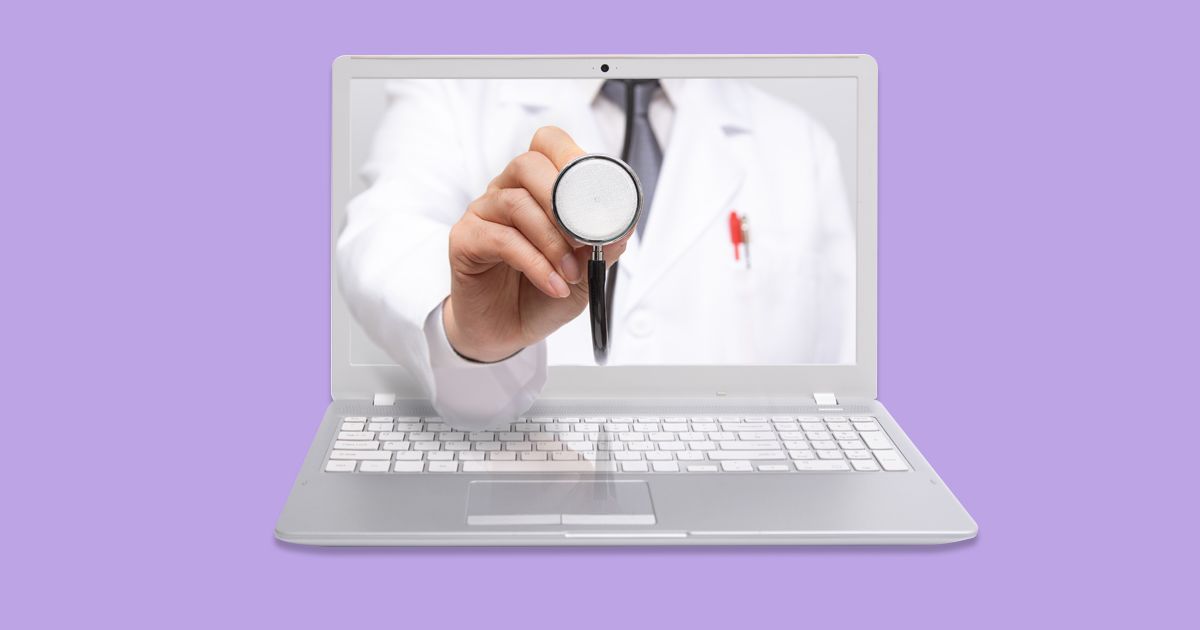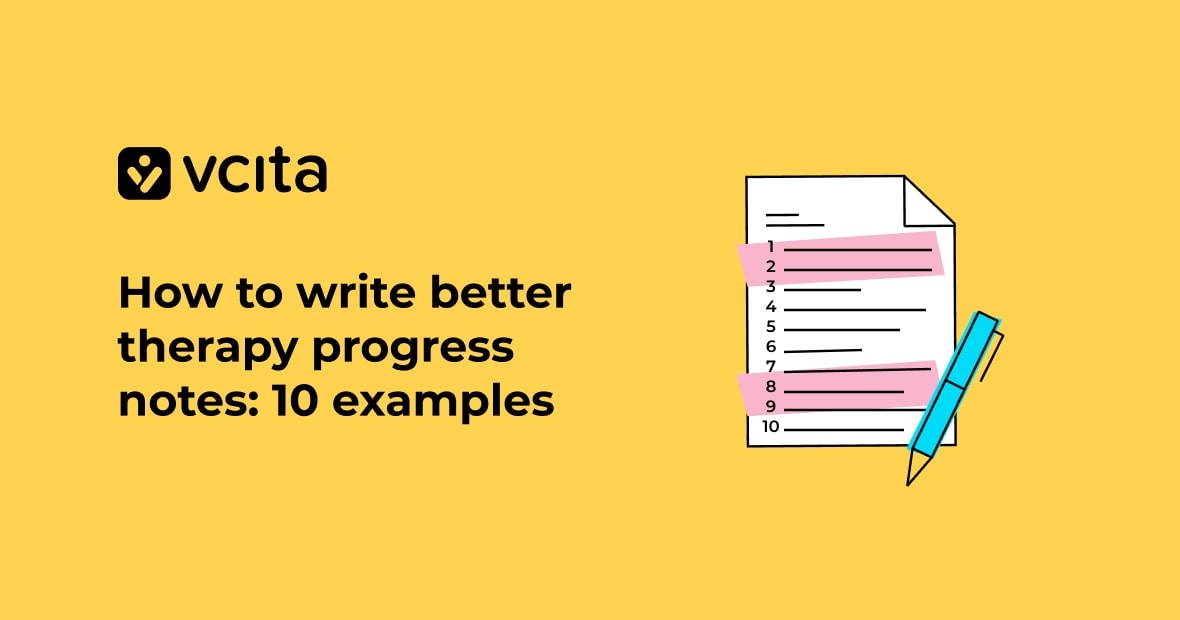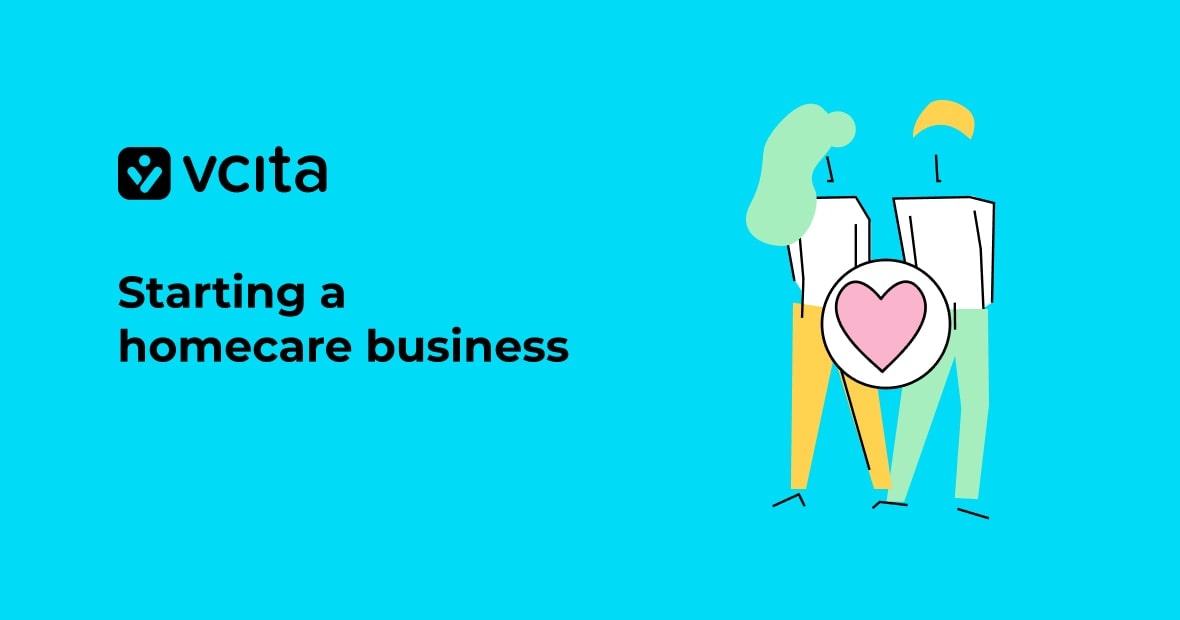We got a taste of it, and as health care consumers, we’re head over heels for telehealth.
During COVID, we had no choice, and initially, it felt jarring to be forced into online appointments. But in one short year, the stay-in-your-jammies effect won out. Today, almost 88% of Americans want to continue using telehealth for nonurgent consultations, even when the pandemic is a thing of the past.
The American Medical Association says that 79% of telehealth patients were very satisfied with the care they received during their last telehealth visit and 68% of physicians reported that they were personally motivated to increase the use of telehealth in their practice.
Yet the transition to telehealth can prove challenging for both providers and patients. You might find yourself asking: Which technological tools are the most reliable? What needs to happen before the appointment begins? And what should happen after it ends?
To answer these questions, we’ve gathered 7 best practices and recommendations for creating a seamless telehealth experience for you and your patients.

Even before the appointment
1. Simplify appointment scheduling.
Patients don’t like waiting on hold or listening to unending ringing without any human response. There’s got to be a better way to book appointments.
- Automate the booking process
Enable patients to schedule their appointments online, on their preferred device, from anywhere, 24/7. Add QR Codes (using the best QR code generator) on different marketing materials like flyers, brochures, digital business cards, etc to direct users to the appointment page and book their slots as per convenience. Patients can also scan the Code to fill out intake forms, access their medical records or connect with their healthcare provider.
- Avoid cumbersome registration processes
Require only what you must; don’t ask for every detail with an appointment booking; you can onboard them once they’ve secured the appointment.
2. Reduce no-shows; gain revenue!
The no-show rate of telehealth visits during the COVID-19 pandemic was 7.5%. While this number is lower than the no-show rate of 36.1% for in-office visits, it still means at least one “no-show” a day for healthcare providers. And for some practitioners, no-shows mean more than just a gap in their schedule. It means lost revenue.
So how do you get patients to actually show up consistently to telehealth appointments?
- Send booking confirmations and reminders
Your patients love reminders. Be sure to send at least two reminders before each appointment. You can also send an SMS calendar invite after the appointment is booked. - Offer clear instructions
Remember, so much of this technology is brand new, especially for the elderly. Patients can miss appointments for silly technical reasons, like forgetting where to find the link, or thinking their phone will ring for their appointment. To avoid glitches like these, give your patients a clear walk-through of the process ahead of time: how to find the appointment link, and how to access the appointment. If they are required to download an app, make sure they know that beforehand. You can add a telehealth guide to your website or client portal so your patients can access all the information they need before their appointment. By helping your patients understand the process, you will undoubtedly reduce last-minute technical difficulties that lead to no-shows.
Build the clinician-patient relationship by tuning in and communicating consistently
3. Mute everything but your patient
When delivering care from behind a computer screen, you lose the dynamic quality of an in-person visit and can get easily distracted by the open tabs on your computer or your smartphone notifications. By removing those distractions, you will not only better connect with your patients, but will also build a more trusting relationship.
4. Reach out and offer value between appointments
Rather than simply connecting with your patients during appointment times, make an impact by sending updates about health regulations, new guidelines, changes in your office staff or hours, FAQs on various health topics as well as any new relevant information connected to the health issues you treat.
5. Communicate a follow-up plan
Create a clear structure for your appointments and conclude them with action steps. Your patient should know exactly what to do after the appointment (i.e. fill a prescription, make an appointment with a specialist, go for a blood test, etc.) and it’s easy to create that plan during the appointment in conjunction with your patient, and then send a reminder with the stipulation of the steps afterward.
Automate, automate, automate
6. Reduce time at the computer by making the computer work for you
Telehealth involves a lot of manual work including scheduling, sending appointment reminders and follow-ups, communicating with patients, generating reports, and creating invoices. This could take you or your staff several hours every week. Believe it or not, you can automate all these tasks and save a significant amount of time, money, and energy.
- Choose a comprehensive solution
While there are digital tools to replace nearly every manual business task, a giant tech stack doesn’t necessarily make your life easier. Don’t waste your time on tools that answer only one need. Choose a HIPAA-compliant all-in-one platform that offers scheduling, billing, payment, video, and a client communications portal to send and receive documents and instructions. Patients should also be able to easily log in and connect to a call without hassle. If you choose a cloud-based solution, your patients won’t even have to download an app and can connect to their appointment from any device – even their mobile phone.
7) Don’t forget to train your staff
For many of us, it’s a new world. Ease your staff into your new processes and be sure they understand how to optimize the telehealth experience for your patients. Provide training so they become familiar with all the new tools available and, subsequently, more confident in the jobs they perform. For instance, introducing staff to advanced diagnostic tools like portable ultrasound devices for medical professionals can enhance telehealth consultations by allowing providers to conduct real-time imaging remotely, leading to quicker and more accurate diagnoses.
Yes, telehealth is here to stay
Telehealth is not going anywhere. From 2017 to 2020, venture capitalist investment in digital healthcare tripled. The telehealth phenomenon is slowly seeping into all aspects of the healthcare industry. As you build your practice, you are likely to integrate telehealth into your practice. And now you’re ready.
Technology as an enabler of better patient care
While some may worry about technology creating an unnecessary buffer between healthcare providers and their patients, it’s becoming more and more obvious that telehealth and digital health are actually contributing to the formation of a more accessible healthcare experience.
When you use the right tools and build a solid process that works for you and your patients, you stop worrying about the technical aspects of telehealth and are free to focus on what you do best: providing the best care.
vcita is proud to support the healthcare community by helping providers streamline their practice administration and better serve their patients online. Learn more about vcita’s practice management and patient engagement solution for healthcare providers.




























